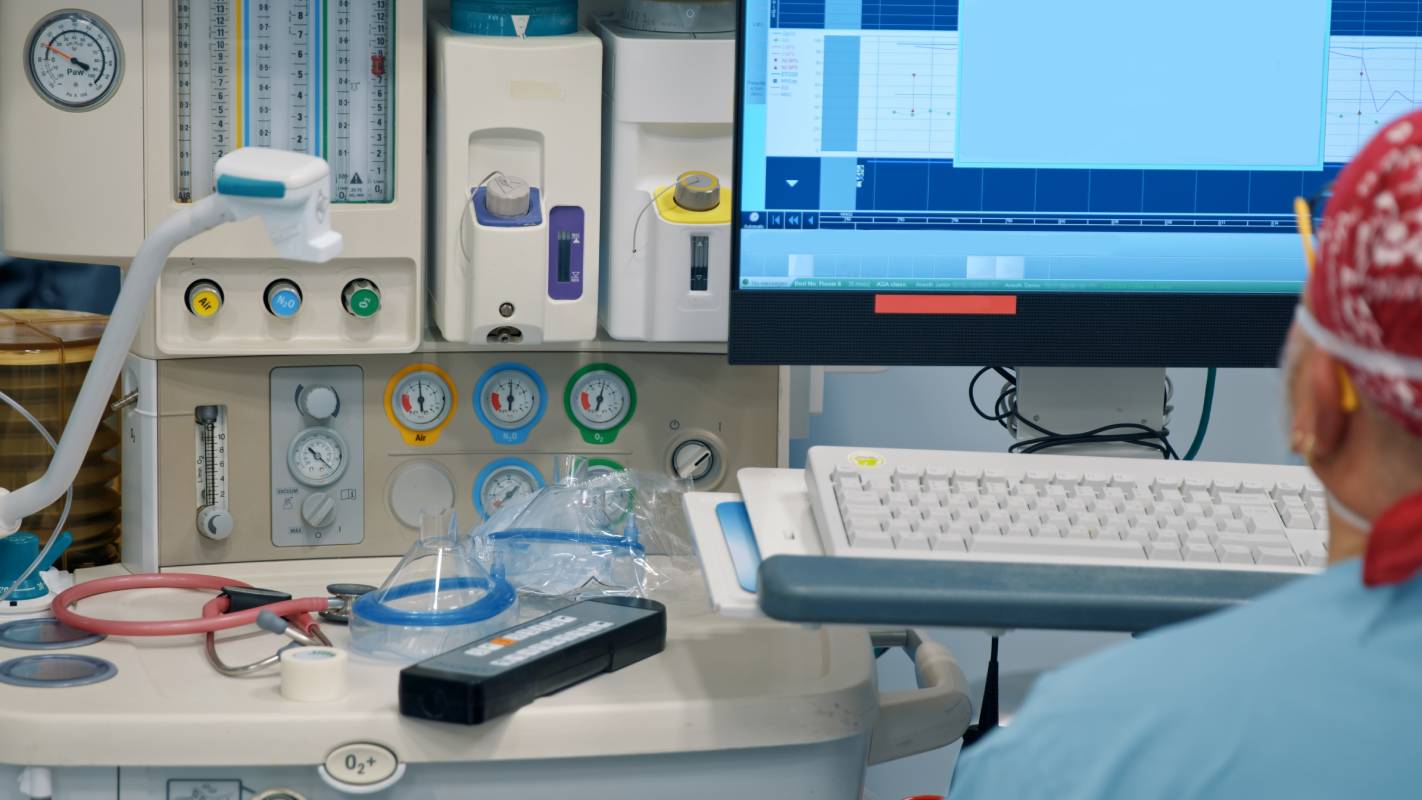Anesthesia machines are critical medical equipment that are used to administer anesthesia and respiratory gases to patients during surgical procedures. In recent years, several anesthesia machines or their components have been recalled by manufacturing companies due to reported safety concerns. These recalls were issued due to problems such as ventilator malfunction, software issues, and manufacturing defects that were detected after some of these anesthesia machines were already in use.
Safe and reliable anesthesia machines that have been manufactured responsibly and tested for patient safety are critical to ensuring positive patient outcomes in surgical procedures. Furthermore, all members of the team in an operating room should be educated on the functions and applications of anesthesia machines so that healthcare providers can be prepared to respond when an anesthesia machine malfunctions.
Anesthesia machines have evolved from simple tools for administering anesthetics to complex anesthesia workstations that perform multiple functions in the operating room (4). Anesthesiologists manage these anesthesia workstations, which are used for oxygenation, ventilation, and delivering anesthetic gases to patients (4). Modern anesthesiology machines utilize a ventilator to ensure that a patient is well-oxygenated during a surgical procedure and receives the optimal mixture of anesthetic gases. These machines also incorporate a closed-circuit system that recycles inhaled gases and protects clinical providers from unsafe exposure to anesthetic gases (4).
In 2022, Getinge USA recalled two anesthesia systems—the Flow-c and Flow-e—due to reports of broken or cracked on/off switches on the systems’ suction units (3). While no deaths or injuries were reported, the cracked and broken on/off switches posed a risk of the suction unit malfunctioning and being unable to properly remove fluids from a patient’s airways. As a result, patients who were being treated with the Flow-c or Flow-e may have been in danger of choking, acute respiratory failure, lung infection, and brain injury (3). The FDA classified the recall of Getinge’s products as a class I recall, the most serious type of recall, meaning that serious injury or death was possible from using malfunctioning Flow-c and Flow-e products.
Armstrong Medical also recalled a component of anesthesia machines that is involved with providing breathing assistance in 2021 (1). AMSORB PLUS is a chemical substance that absorbs the carbon dioxide that a patient exhales while under anesthesia. The substance was sold in a pre-filled canister, which was then attached to an anesthesia machine or ventilator (1). AMSORB PLUS was recalled because of reports of canisters that were malfunctioning and failing to provide proper airflow to patients, posing a risk of toxic build-up of carbon dioxide in affected patients. Again, no deaths or injuries were reported, but hospitals were asked to run an inventory of affected products in use and implement a “check-out” system for evaluating the functionality of anesthesia products before using them in the OR (1).
Getinge and Armstrong Medical’s recalls are just a few of the many anesthesia machines and components that have been recalled in the past five years. The importance of proper ventilation and oxygenation was especially dire during the COVID-19 pandemic, when many critically ill patients were suffering from acute respiratory failure and needed assistance to achieve proper oxygen levels.
While these recalls are highly concerning, malfunction of anesthesia machines contributes very little to morbidity and mortality (4). In one study, only 4% of negative outcomes associated with the administration of anesthesia were related to equipment failure (4). Even so, educating all OR staff members on the risks of anesthesia machines is important to protect patient safety in the operating room. Anesthesia providers and those who work with them should stay informed about ongoing recalls of anesthesia products and understand the common problems that can arise with modern anesthesia machines so that they can respond to crises quickly.
References
- “Armstrong Medical Limited Recalls AMSORB PLUS PREFILLED G-CAN 1.0L Due to Reduced Gas Flow to Patients During Anesthesia.” U.S. Food and Drug Administration, 23 Sept 2021, www.fda.gov/medical-devices/medical-device-recalls/armstrong-medical-limited-recalls-amsorb-plus-prefilled-g-can-10l-due-reduced-gas-flow-patients
- “FDA Recalls Anesthesia Component.” MedTruth, 27 Jan 2022, medtruth.com/articles/news/fda-recalls-anesthesia-component/
- “Getting USA Sales Inc Recalls Flow-c and Flow-e Anesthesia Systems for Cracked or Broken Suction System Power Switches.” U.S. Food and Drug Administration, 6 July 2022, www.fda.gov/medical-devices/medical-device-recalls/getinge-usa-sales-inc-recalls-flow-c-and-flow-e-anesthesia-systems-cracked-or-broken-suction-system
- Hill, Nicholas E and Danielle B. Horn. “Anesthesia Machine.” StatPearls Publishing, 17 Nov 2022, www.ncbi.nlm.nih.gov/books/NBK572060/
- “Recall Notice – VentStar and ID Breathing Circuits and Anesthesia Sets by Draeger Medical: Class I Recall – Due to a Risk of the Devices Being Incorrectly Assembled.” American Society of Anesthesiologists, 25 Jan 2019, www.asahq.org/advocacy-and-asapac/fda-and-washington-alerts/fda-alerts/2019/01/recall-notice—ventstar-and-id-breathing-circuits-and-anesthesia-sets-by-draeger-medical
- Wren, Kathleen R and Molly T Condit. “Anesthesia Machine Failure: A Case Study.” AANA Journal, June 2020, vol. 88, no. 3, pp. 209-211, nurseanesthesiology.aana.com/anesthesia-machine-failure-a-case-study
